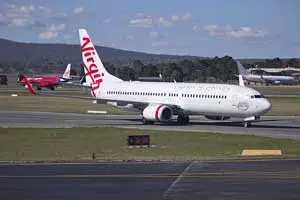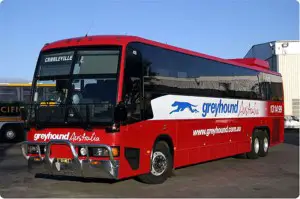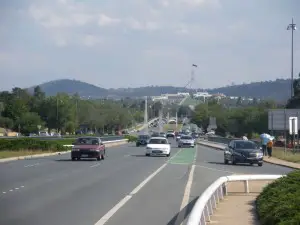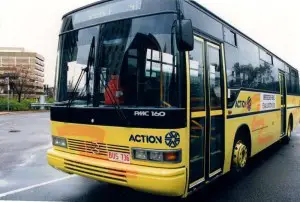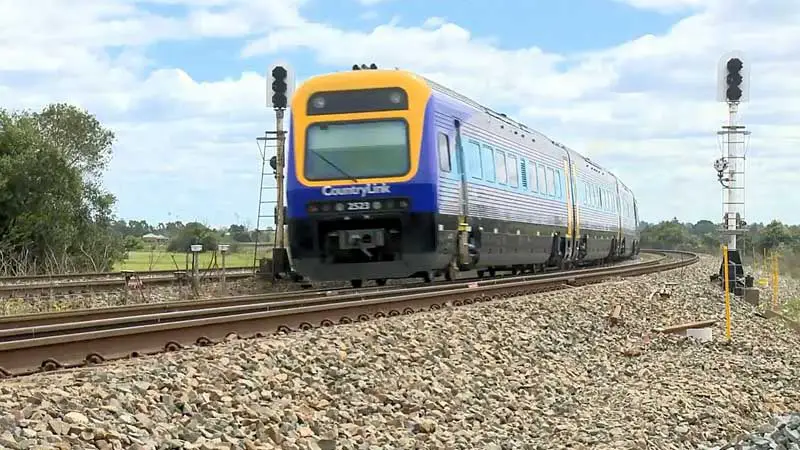
Canberra transport
By Rail: Canberra’s only rail link to the outside world is via the NSW Government’s Countrylink rail service. It is a daily service using modern Xplorer trains. Canberra has no suburban rail service.
Sydney – Canberra: 4 hours 20 minutes
By Air: All of the Australian Capital Territory’s air traffic passes through Canberra International Airport. The airport has immigration and customs processing facilities though most flights into and out of Canberra are domestic services. The main routes followed, on which numerous services throughout the day to and from each destination are provided by Australia’s domestic airlines, are –
Canberra – Brisbane: 1 hour 40 minutes
Canberra – Melbourne: 1 hour 10 minutes
Canberra – Sydney: 55 minutes
Canberra – Perth: 4 hours 40 minutes
Canberra – Adelaide: 1 hour 45 minutes
Perth – Esperance: 1 hour 40 minutes
By Road (coach): Numerous operators provide coach services between Canberra and Sydney, Brisbane, Melbourne and Adelaide.
Self drive: Canberra is approximately 3 hours by road from Sydney on the Hume Highway (National Highway 23) and Federal Highway, 7 hours by road from Melbourne on the Hume Highway and Barton Highway (National Highway 25), and 2 hours on the Monaro Highway (National Highway 23) to the snow ski fields of the Snowy Mountains and the (Mount) Kosciuszko National Park.
In the ACT, the speed limit on the open road is generally 110 kilometres per hour and on some sections of highway is 110 kilometres per hour. In the ACT, a drivers licence from your home country or another Australian state will usually suffice for up to three months, as long as it has photo identification and it’s for the same class of vehicle you intend to drive. If you’re staying more than three months, you’ll need to get an ACT drivers licence.
Road (private motor vehicle): Canberra’s unusual road system featuring many circular streets and roundabouts are major contributing factors towards it being an easy place to travel in and around by road. Unlike most other capital cities in Australia, the city and suburbs have been designed with motor vehicle traffic in mind.
There is relatively quick access and minimal traffic congestion along Canberra’s roadways, but the layout of many roads in circles can be confusing to visitors and studying a map prior to travelling from one part of Canberra to another is recommended for drivers unfamiliar with the city.
Canberra Explorer Bus: This hop-on hop-off bus service is the flexible way to see Canberra, allowing you to explore its major attractions at your own pace. With regular stops throughout the day at the Australian War Memorial, Lake Burley Griffin, Questacon, National Art Gallery and High Court, Parliament House, National Portrait Gallery, Old Parliament House, the Royal Australian Mint and the National Museum, you can take as much time as you like and simply hop back on when you have finished.
Public Transport: Canberra is serviced by a bus-based public transport system, called ACTION, short for Australian Capital Territory Internal Omnibus Network, as the city has no railway system other than an interstate railway that terminates in the suburb of Kingston. The ACTION bus service provides comprehensive services for Canberra residents. A private bus service also operates between Queanbeyan and Canberra. More >>







